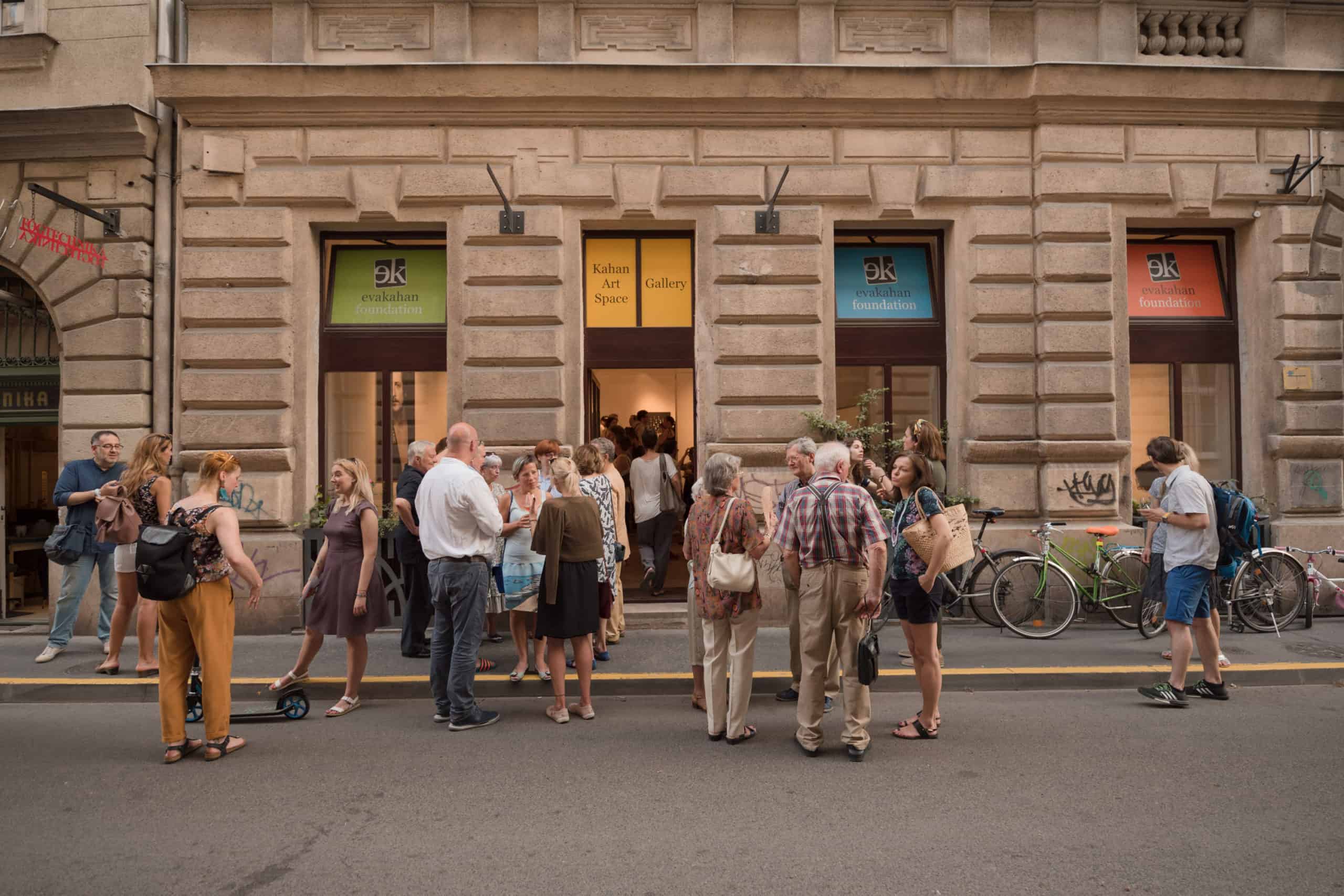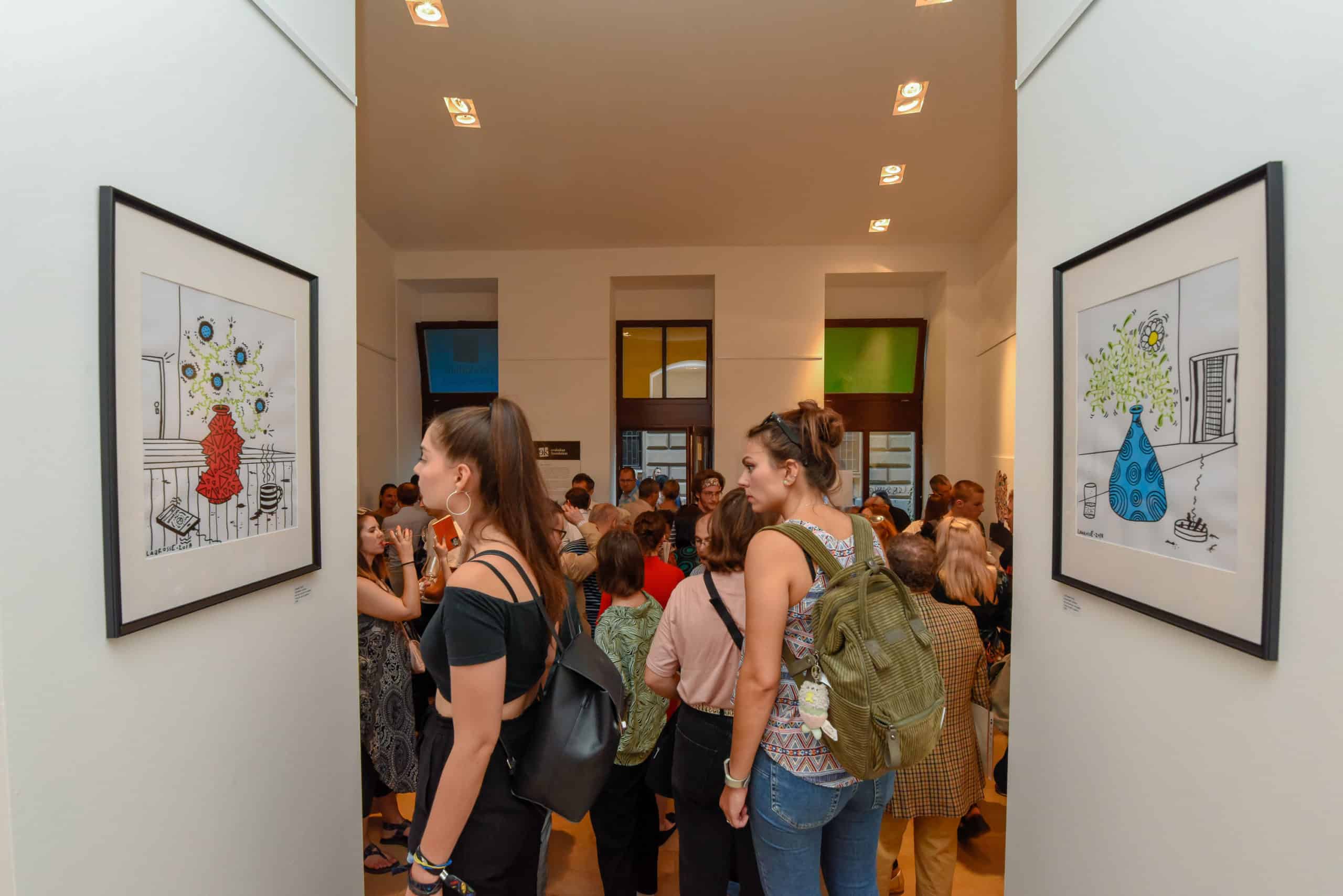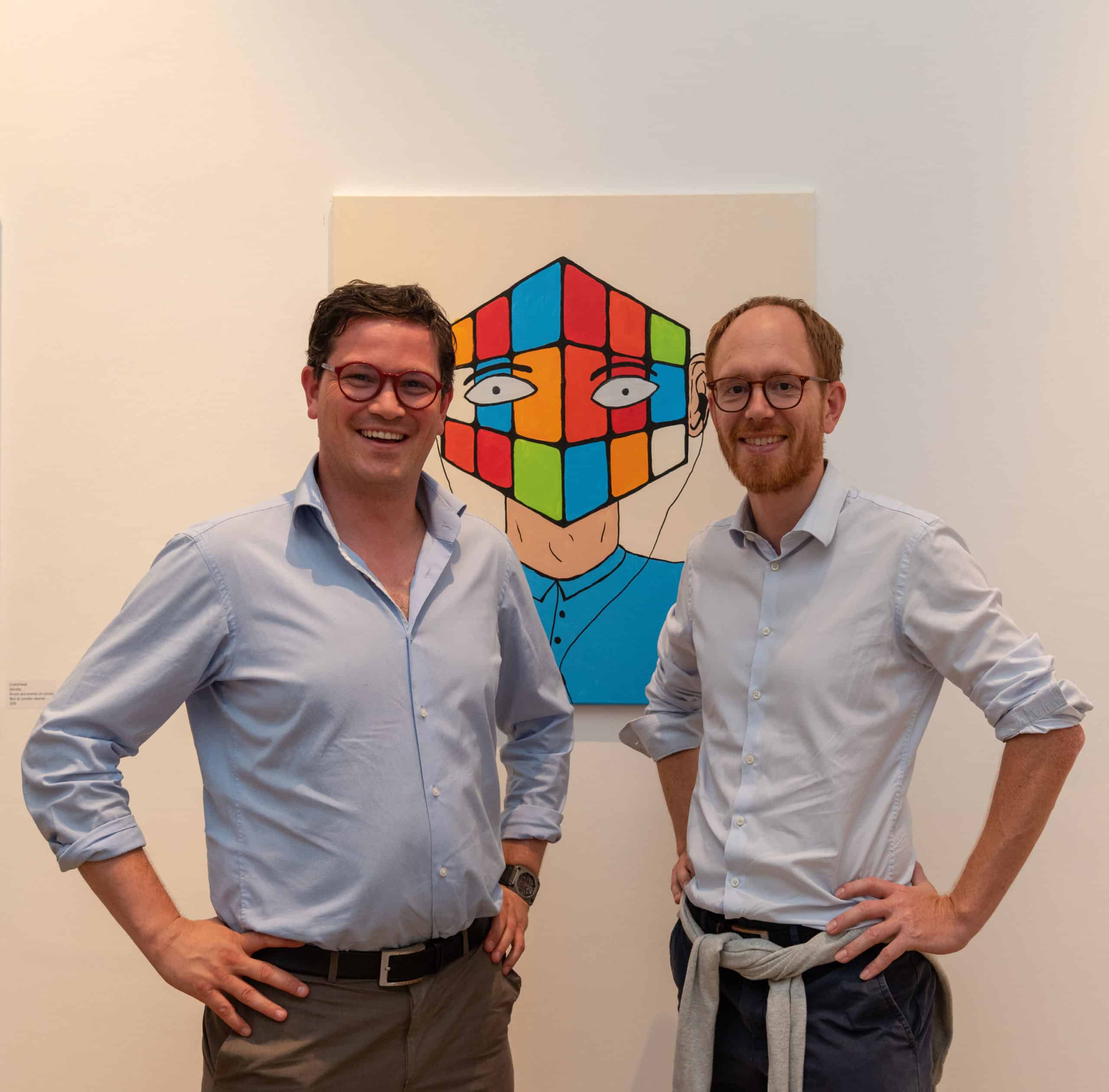The Dr. Kahán Éva Foundation was created by Zoltán Aczèl in 2015 as a non-profit organization in Budapest. Working primarily in the area of Central Europe, the foundation’s mission is to create opportunities for young people engaged in the creative arts as well as to support the university education of disadvantaged students. The Foundation also maintains an Art Space that hosts a rotating program of exhibitions, and an art residency in Italy.
Have you ever dreamt of opening your own art residency? Or maybe you are an artist looking for such an opportunity? Read our latest interview with Zoltán Aczèl and be inspired.

Zoltán Aczèl, courtesy the Dr. Kahán Éva Foundation
Dobromila Blaszczyk: For many years, artists have used residencies as a way to focus on their work. Many professional creatives find it periodically necessary to do a residency in order to jump-start or refine the direction of their creative work. What do you think your residency can provide for artists?
Zoltán Aczèl: The artist-in-residence program of the Dr. Éva Kahán Foundation aims to give young artists a space of retreat and inspiration so that, for a small amount of time, and in exchange with their peers, they can fully devote themselves to artistic work.
Our Tuscan residency program provides accommodation and a vehicle. The artists also receive a financial contribution for necessary expenses. In addition to that, due to the remote location of the house, it is important that at least one of the artists has a driver’s license in order to do shopping or go on excursions. Finally, our program is characterized by its impressive location, wonderful nature and Italian lifestyle.
DB: Why did you decide to run an artist-in-residency program in Tuscany and what are your aims in having it there?
ZA: The Dr. Éva Kahán Foundation has had an art space in Budapest for several years now. This year we are opening a further space in Vienna to promote young creatives from the CEE (Central and Eastern Europe) region. Our Italian artist-in-residence program can be seen as a natural extension of these offerings. For me, the house in Tuscany and visual art is an excellent starting point for discourse, because artists naturally use their works in order to express the things that are important to them. To discuss art and ideas with the creator of art works is personally a very exciting and enriching experience for me – hence the establishment of the residency program. In this respect, art has not only opened up new perspectives for me, but above all has enabled me to get to know exciting personalities whom I would normally rarely meet in the course of my professional activities. And of course, the fact that wonderful works are created there which enrich the Foundation’s collection becomes a lasting memory of these encounters.

art residency, courtesy the Dr. Kahán Éva Foundation
DB: Could you tell us more about the Dr. Éva Kahán Foundation?
ZA: I founded the Dr. Éva Kahán Foundation in 2015 with the purpose of remembering my mother who died early. Eva, my mother, strongly believed in the fundamental tenets of democracy such as the protection of civil freedoms and minority rights, free access to education and uncensored artistic creation. By promoting these important values in turn, the Foundation remembers my mother’s principles and her life.
Further activities of the non-profit foundation in CEE include supporting socially disadvantaged young people in their university education in the form of a scholarship program and promoting young, up-and-coming artists from the CEE region at the beginning of their careers.
DB: Why the concentration on Central European art? Why do your interests tend to have an intense connection with this region of Europe? Is there anything about it that strikes you in particular?
ZA: Vienna is the city in which I live in and Budapest is the place where I spent part of my childhood. Many of my relatives still live there and my professional life also brings me there quite often. Likewise, Vienna and Budapest also have a long common history as bridgeheads of the Eastern and Western parts of a united Europe. In the course of my career, which has brought me to many other countries in the CEE region, I have discovered many interesting local contemporary art scenes which are unfortunately still under-recognized by the international art world, despite being fundamentally important as a critical, creative and cultural elements of Europe. That is why we have defined this region as the focal point for our Art Space and residency program.

art space, courtesy the Dr. Kahán Éva Foundation
DB: There are hundreds of residencies all over the world. No two are exactly alike. What defines yours, and what makes it special?
ZA: The house in Tuscany is a private retreat for me, my family and my friends. I can not only switch off there and recharge my batteries, but also celebrate with people who are close to me. The landscape and its wonderful people do the rest – I expect that this unique environment will act in the same way as a source of inspiration and creation for our visiting artists.
DB: On what basis do you select the applicants? What are you looking for in an artist’s CV, letter and portfolio?
ZA: From our experience it is important that the group of artists who are housed at the residency at the same time are well chosen, since they spend significant amount of time together. The Foundation’s board, which consists of four people, makes a preselection from the applications that we then discuss together. The artists must give a convincing representation of who they are, whether they comply with the principles of the Foundation and what they intend to do there. The more comprehensively detailed and understandably they present themselves, the more likely they are to be considered.
DB: Do you prefer to work with established artist or emerging ones?
ZA: The residency program is primarily designed to give young, unestablished artists a space for work. We aim to continue to do this in the future.

art space, courtesy the Dr. Kahán Éva Foundation
DB: Could you give me some tips to pass on to our audience/artists? How can one prepare a good application?
ZA: Of course, it’s hard to suggest something to a freelancer or a free spirited person, but I think the more authentically someone can tell us who he or she is and why they want to come to Tuscany, the more I think they will be successful with the evaluation.

Zoltán Aczèl and Alexander Zach, courtesy the Dr. Kahán Éva Foundation








